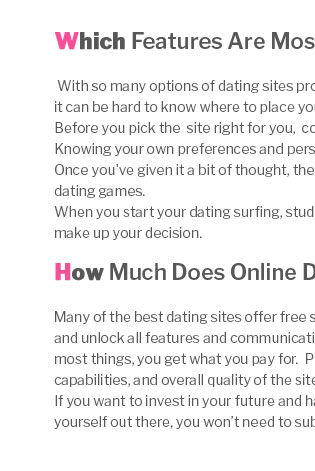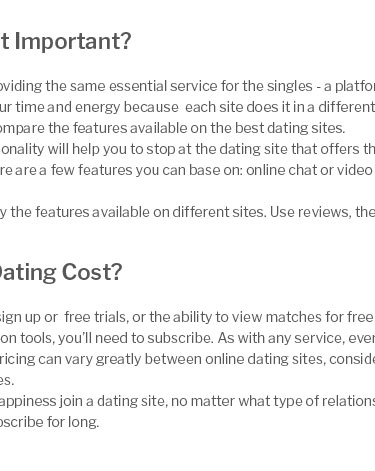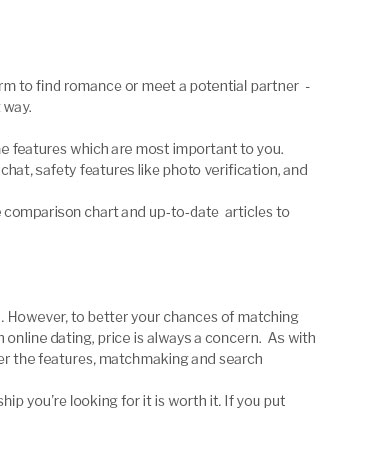 |
 |
|---|
|
|
|
|---|---|
 |
 |
 |
 |
|---|---|
 |
|
 |
|
 |
|
 |
|
 |
|
 |
|
 |
|
 |
|
 |
|
 |
|
 |
|
 |
|
 |
 |
 |
|---|
discreet friends with benefits guide and boundariesWhat this arrangement meansDiscreet friends with benefits describes a consensual connection focused on physical intimacy and friendship, with privacy as a core value and without the commitments of a traditional relationship.
Clarity beats assumptions. Ground rules that protect both peopleConsent and boundariesState what is in bounds and what is out of bounds in simple language. Use direct phrases and confirm mutual understanding.
Consent comes first. Expectations without pressure
Privacy and discretionDigital privacy
Social discretion
Curious about app reputations? Explore independent takes such as casual dating for you reviews to gauge fit and features. Protect privacy like a shared asset. Communication tipsSimple messages that work
Conflict without drama
Honesty stays kind and brief. Health and safetyDiscuss safer sex practices, testing preferences, and condom or barrier use. Share only the health information both agree to share, and seek medical advice from qualified professionals for personalized guidance.
Benefits and drawbacksPotential benefits
Potential drawbacks
Red flags to notice
Any no is final. Transitioning or ending respectfully
Want a broader dating pool without entanglement? Location‑focused options like tinder sarasota can help identify nearby matches while you keep control over disclosure. Practical scriptsSetting limits“I’m into X and Y, not into Z. If that fits, great; if not, I respect that too.” Privacy line“No tags, no stories, and no names with mutuals. Photos stay on our phones only.” Ending note“I appreciate what we had. I’m stepping back. Wishing you well.” Kind, brief, and firm beats vague. FAQ
Key takeaways
https://medium.com/lady-vivra/handling-friends-with-benefits-50a77f03f211
Before you jump into a "friends with benefits" relationship, make sure you ... and your special friend might do your best to keep things discreet, ... https://www.wikihow.com/Start-a-Friends-With-Benefits-Relationship
The ideal friends with benefits relationship will let you have fun and hook up with ... Keep it discreet, don't brag about what a great arrangement you've got. http://www.deadlinenews.co.uk/2019/07/01/how-to-hook-up-with-a-friends-with-benefits-while-being-discreet/
There are definitely ways to maintain a friend with benefits type partnership while staying discreet and maintaining your privacy. Elon Stern, the ...
|
|---|